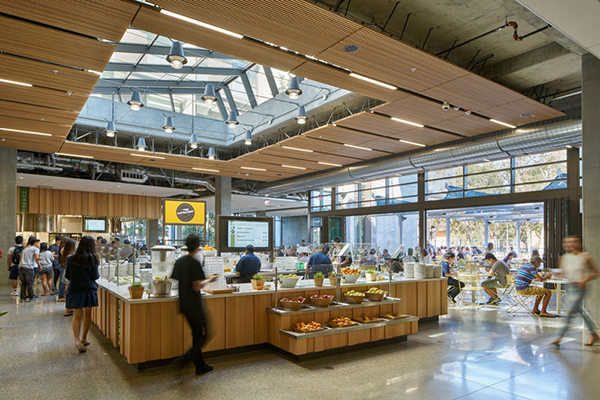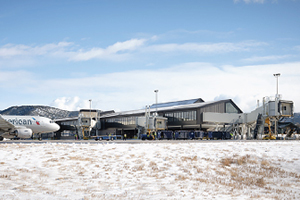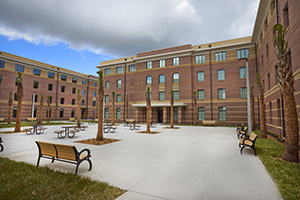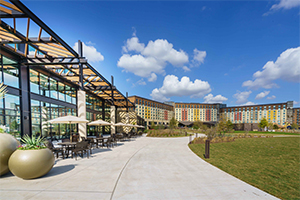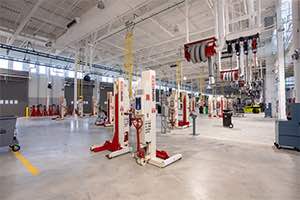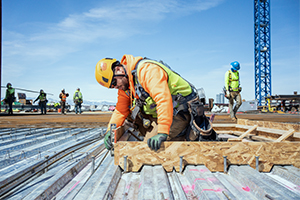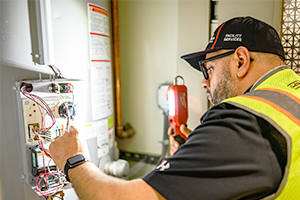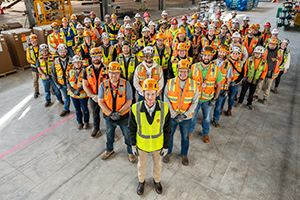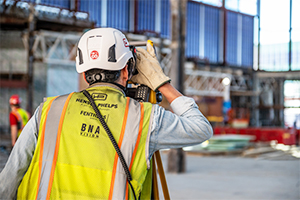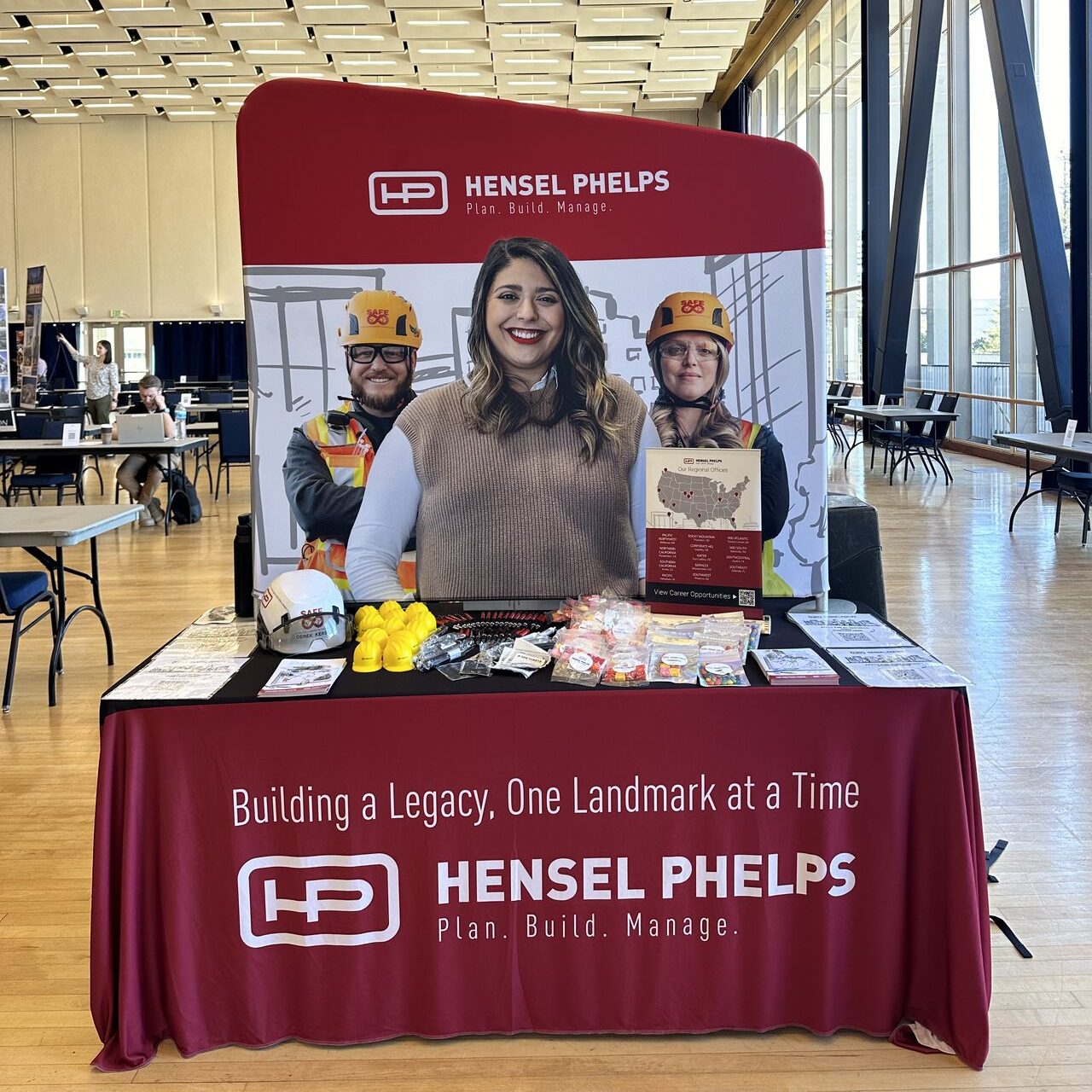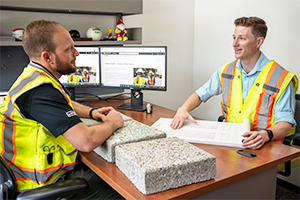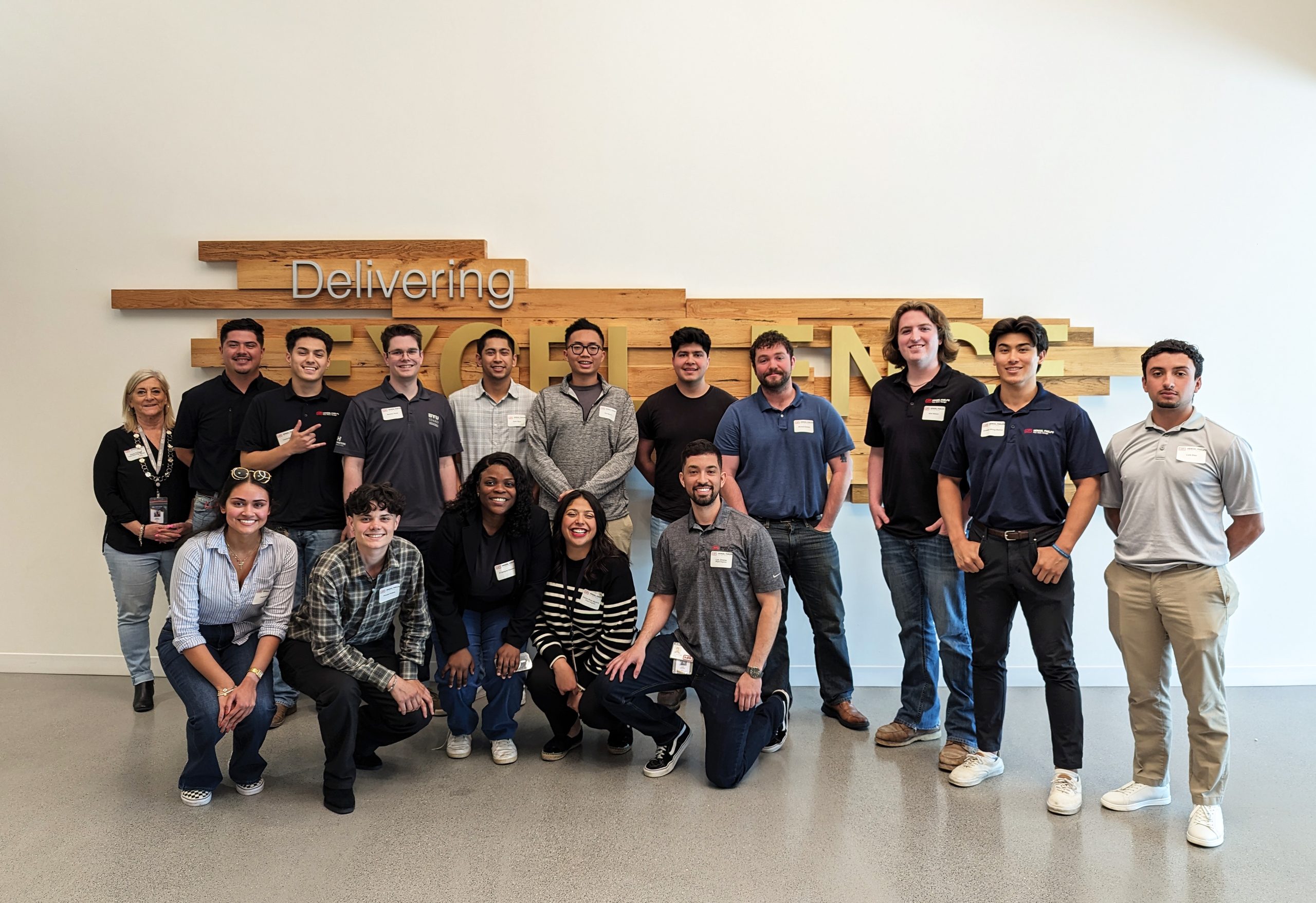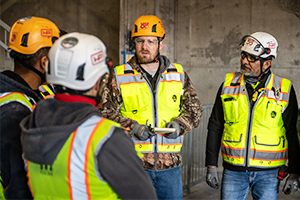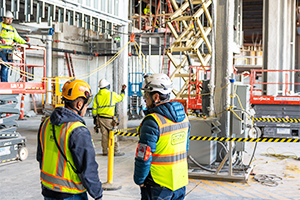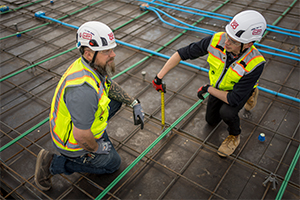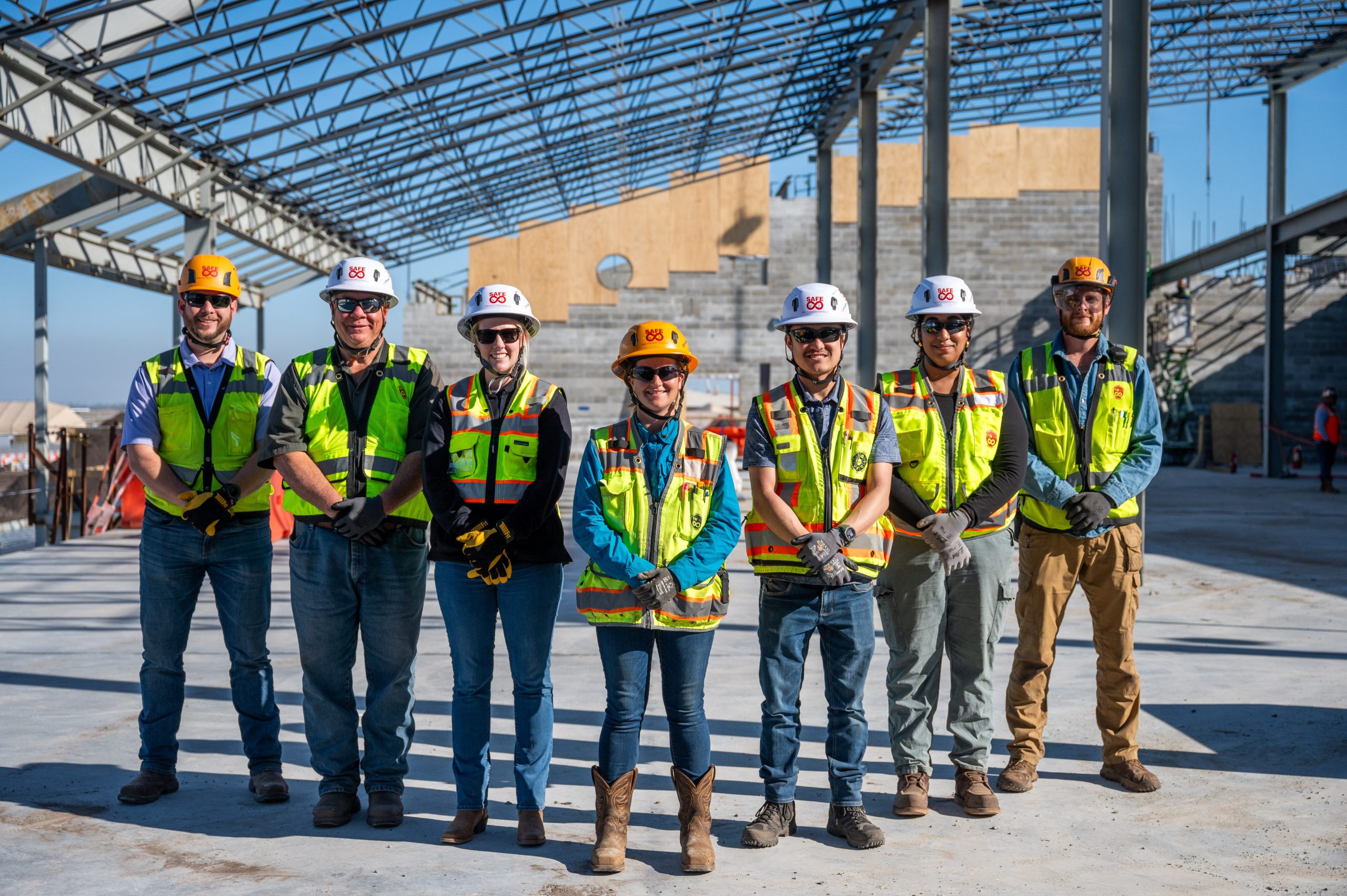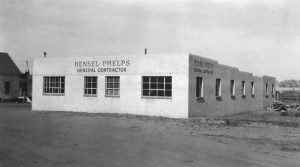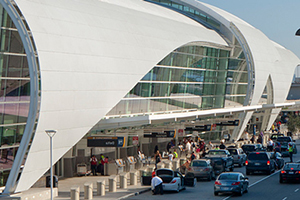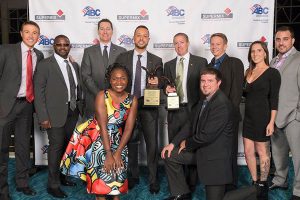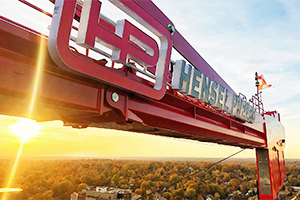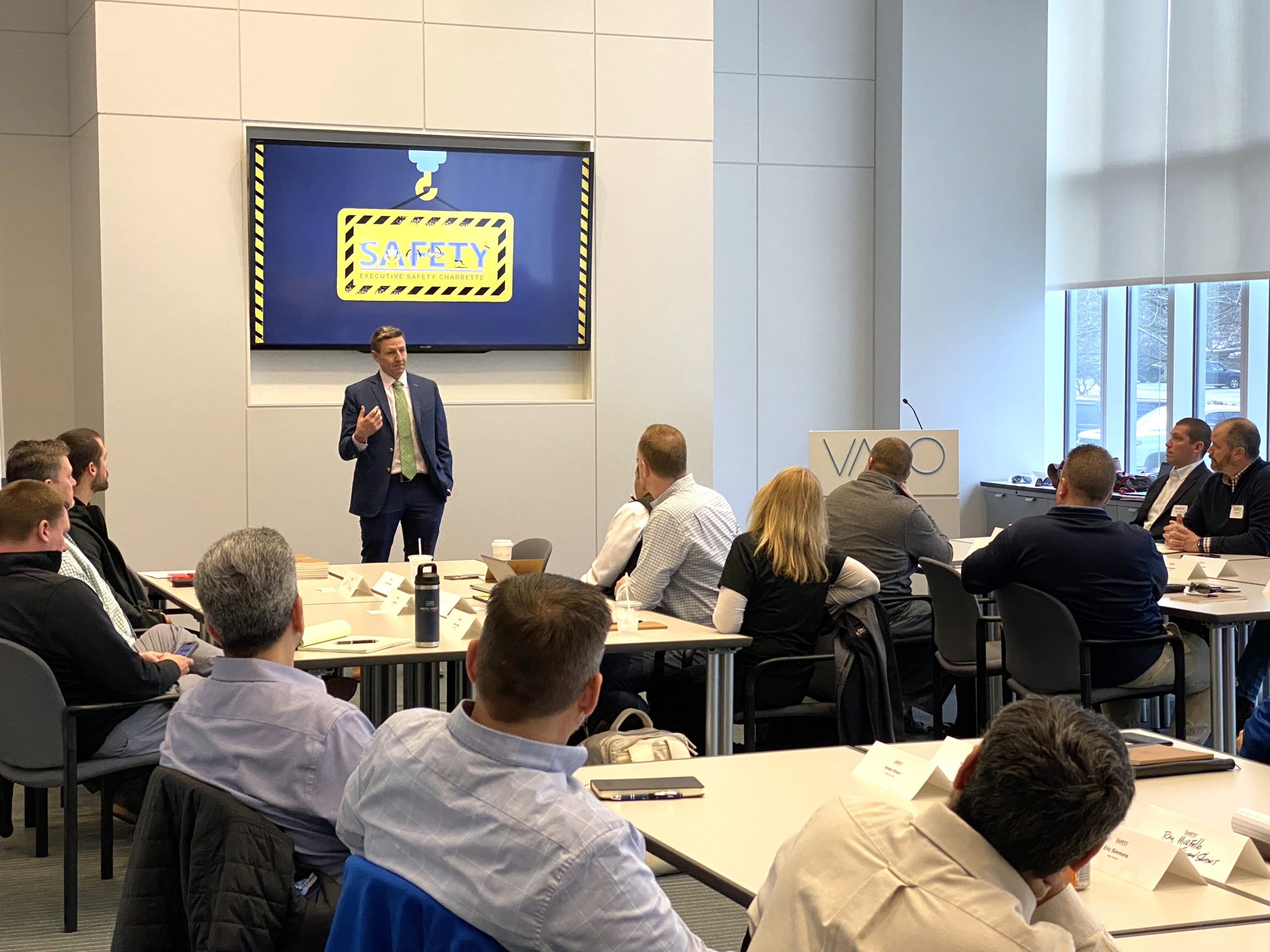
Hensel Phelps hosted an Executive Safety Charrette with some of their valued mechanical, electrical and plumbing trade partners. Throughout the day’s program, Hensel Phelps presented their vision, commitment to safety and held honest discussions concerning strategies for elevating safety on our collective projects. 26 attendees across 12 different companies provided valuable insight and a 360-degree review of Hensel Phelps’ safety program and culture.
Creating a Company-Wide Safety Culture
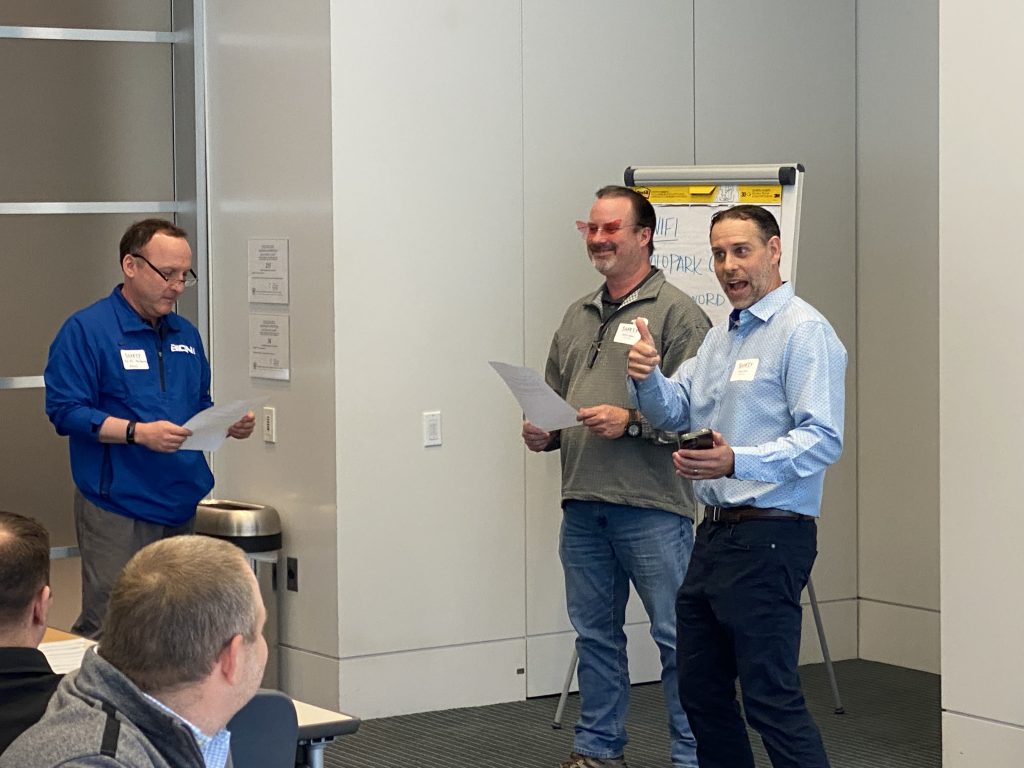

Throughout the day’s discussions, the attendees engaged in skits, open dialogue and brainstorming sessions to share experiences about safety on jobsites. One breakout session focused on incorporating safety into a company’s culture, which prompted recognition of what success in safety looks like on a project. Below are some findings:
- Jobsite orientations should be personal, interactive, available in multiple languages and integrated into the field with a walk when possible.
- Stair towers instead of ladders are appreciated by the trades.
- Lighting on jobsites makes a huge impact.
- Logistics planning and hoists are money well spent.
- Ensure there are enough restrooms and that they are well placed.
- Well thought out traffic flow for deliveries can make or break a project.
- Communication between Hensel Phelps and trades needs to be concise and frequent. Knowing one’s audience and reach as many people as possible to keep the message flowing to the field.
- Appreciation events should be personalized and more frequent.
- Tiered trades often fly under the radar and require management effort from all levels.
- Be realistic about safety professional requirements instead of basing them off an arbitrary number of people on-site.
Information Sharing and 2023 Safety Trends
Trade partner experts also shared their insights and research findings on emerging safety trends, accident prevention methodologies and innovative safety technologies. These discussions surrounded the top three trends for all Hensel Phelps Mid Atlantic Region projects as well as the leading cause of potentially catastrophic or significant incidents or fatalities (SIF), which were incidents during rigging operations.

The safety trend breakout session focused on what Hensel Phelps is doing as leaders in the industry to help curb the trends and send their people home safely. After showcasing the above trends, industry partners discussed some additional areas of focus that included:
- Owner furnished, contractor installed scopes of work.
- The management of tiered trade partners for all contractors on-site.
To close the breakout session, Hensel Phelps challenged all companies and their executive teams to look at how they can take their employees out of harm’s way by eliminating unsafe choices and minimizing risk.
360 Review of Hensel Phelps’ Safety Program
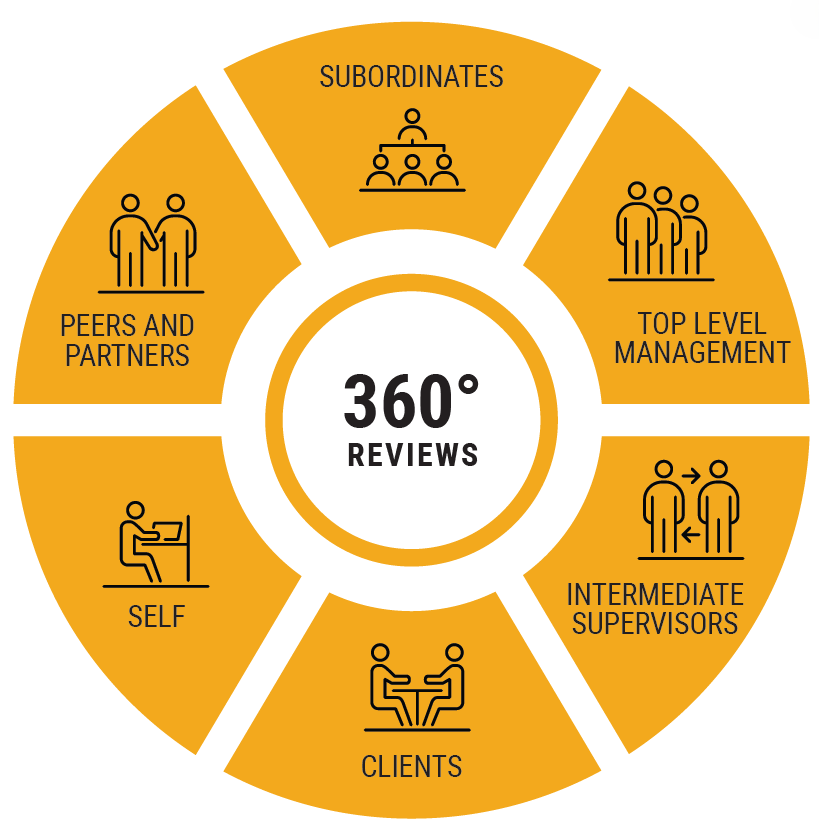
To end the day, Hensel Phelps held a 360 review of their safety program to discuss innovations, pain points and ways to explore potential improvements to the program. Below are some of the suggestions:
- Share more applicable lessons learned with trade partners across projects.
- Compare apples to apples when selecting bids.
- Site setup and logistics plans make all the difference to the trades.
- Consider adding a double triggered bandsaw mandate on Hensel Phelps projects.
- Try not to change site policy because of an injury, but instead:
- Discuss safety professional numbers based on risk, not just employees on-site.
- Site lighting vs. task lighting requirements (west coast vs east coast approach).
- Discuss weekly look-a-heads and HRA’s that may impact multiple trades weekly.
- Eliminate redundancy in paperwork and systems where applicable.
With continuous efforts and a proactive approach, organizations can create safe environments for their employees and set new standards for safety excellence in their respective companies. Hensel Phelps and their trade partners look forward to implementing some outstanding ideas presented during this charrette on both current and future projects.
“In the dynamic world of construction, safety isn’t just a priority – it’s a shared responsibility that unites tradespeople, managers and stakeholders alike in a common goal: Ensuring that every worker returns home safety at the end of the day. Safety is not proprietary and there should not be any trade secrets.”
Mark Revesz, Director of Safety & Health, Hensel Phelps


